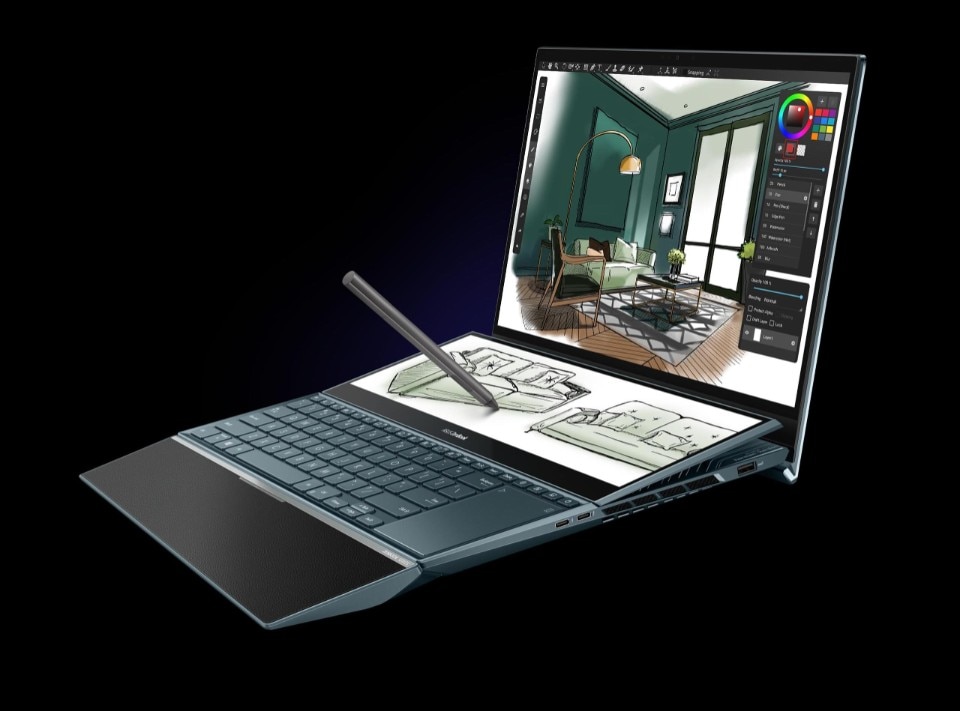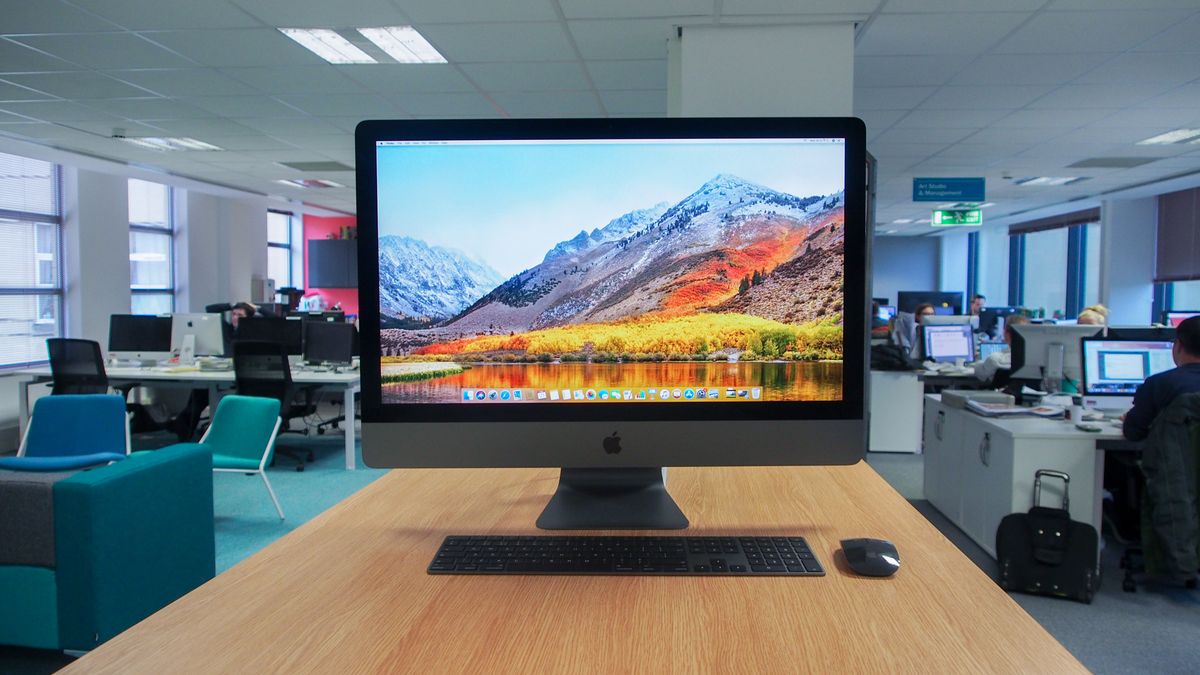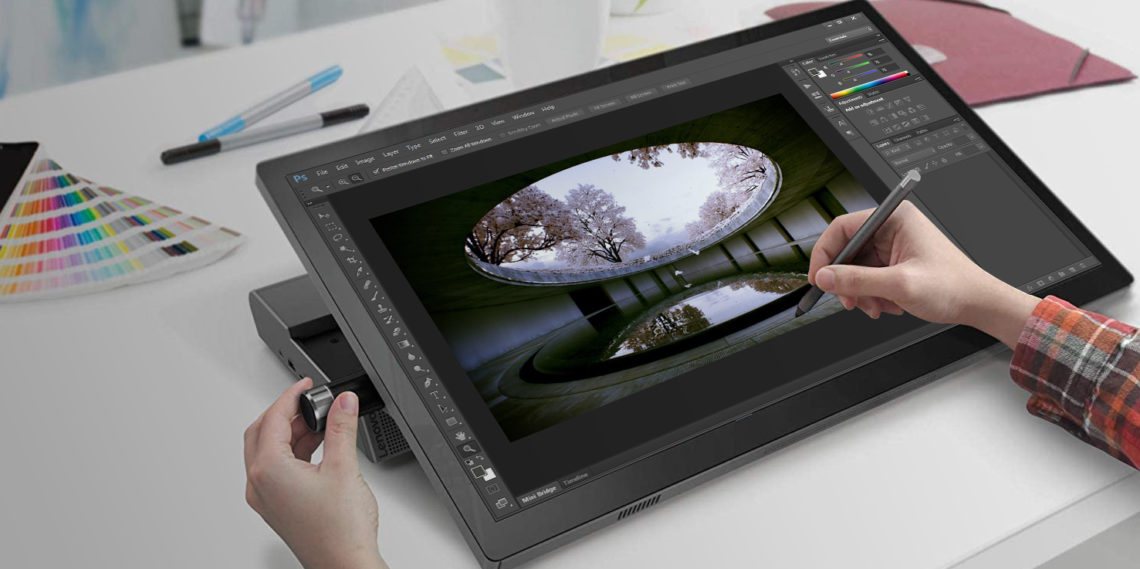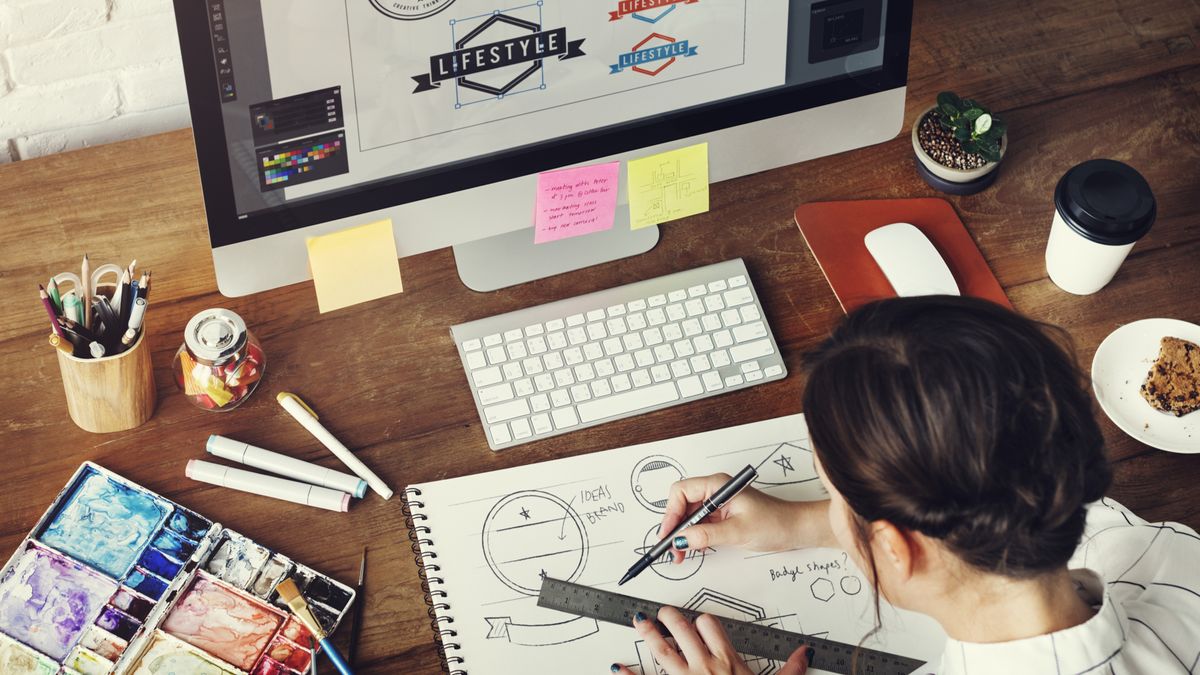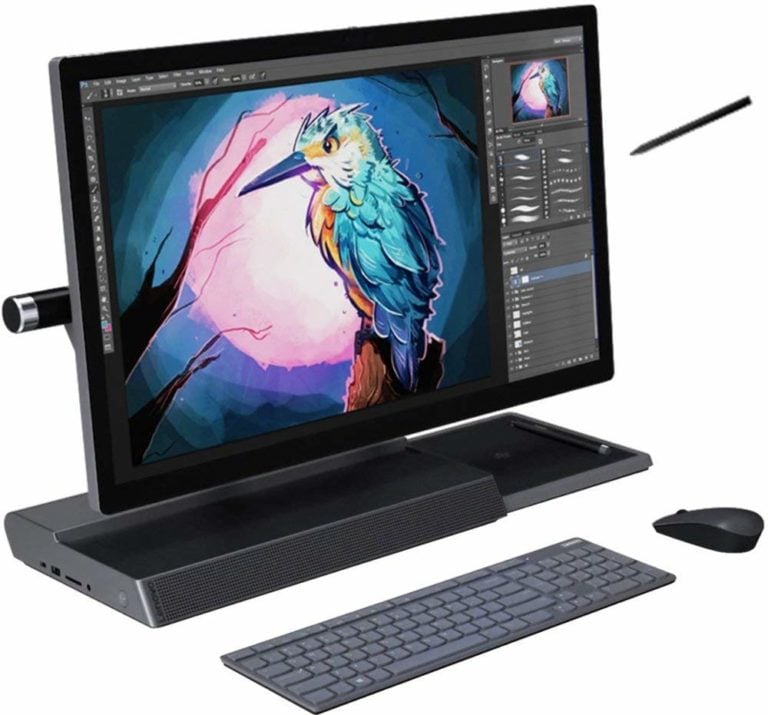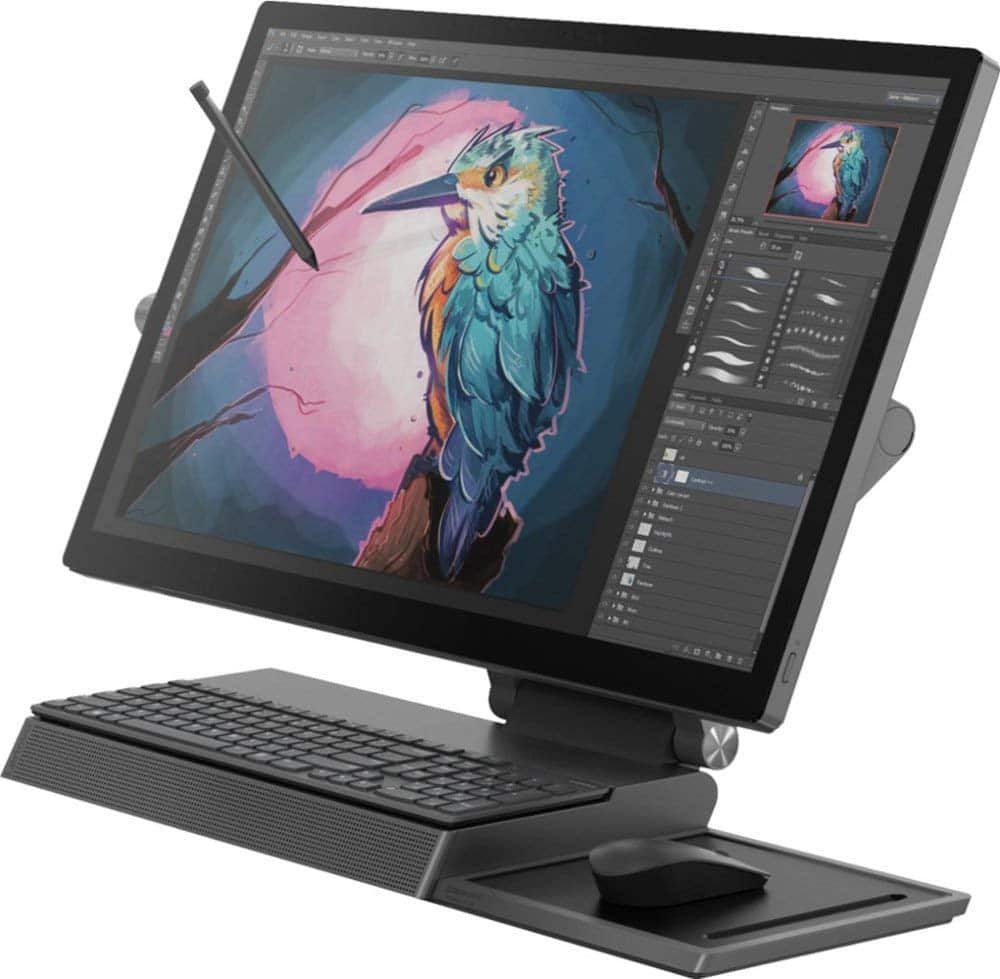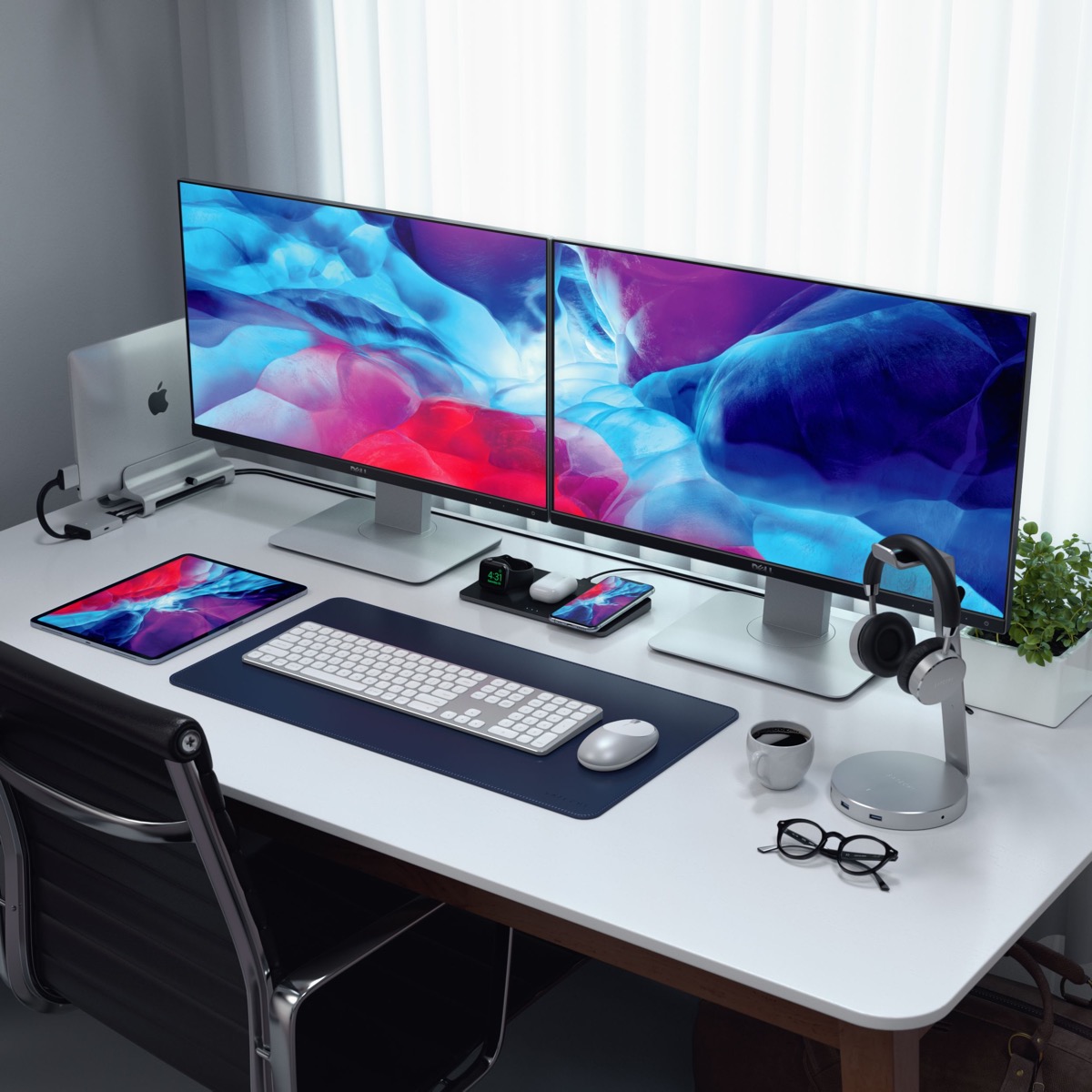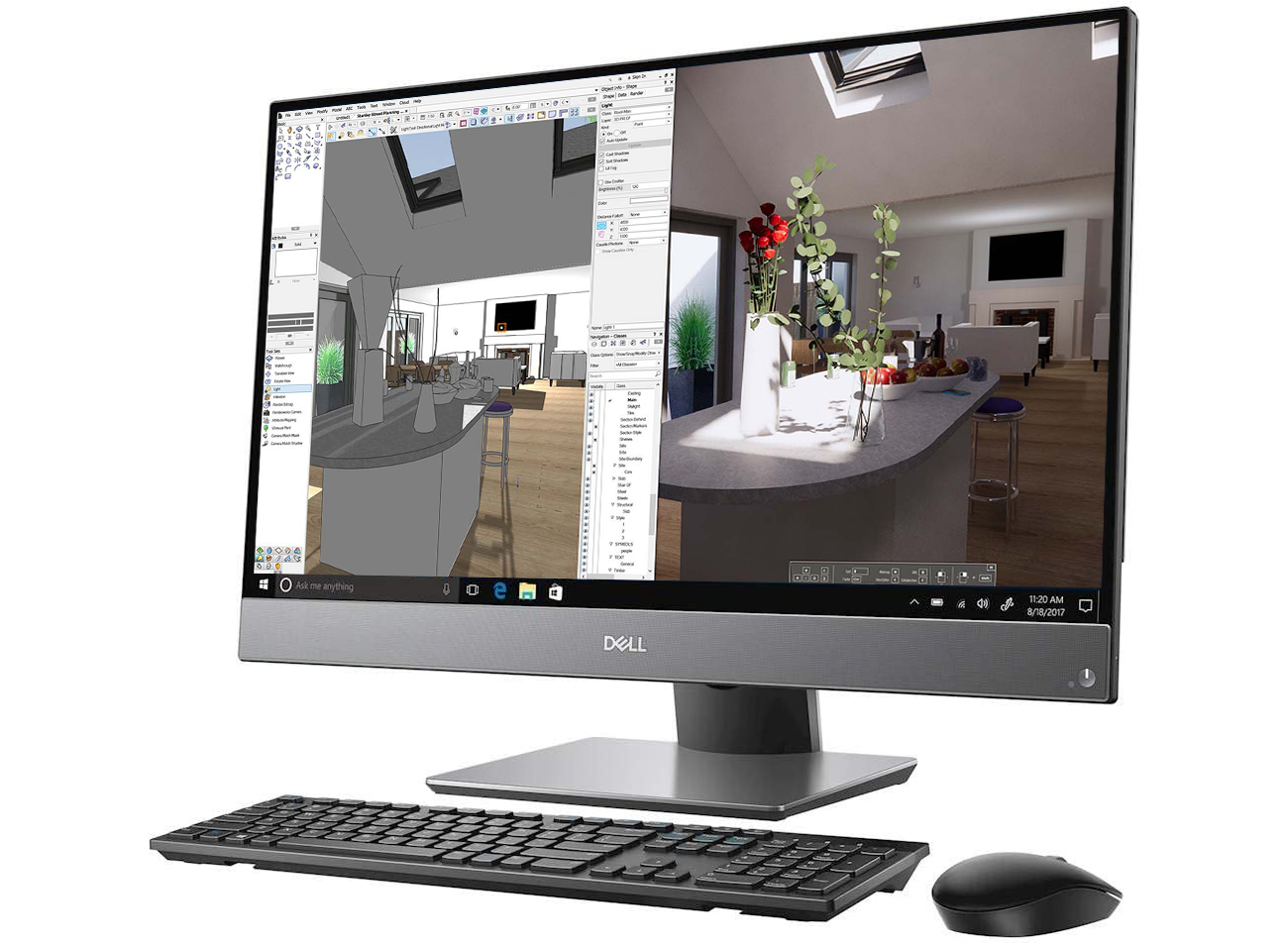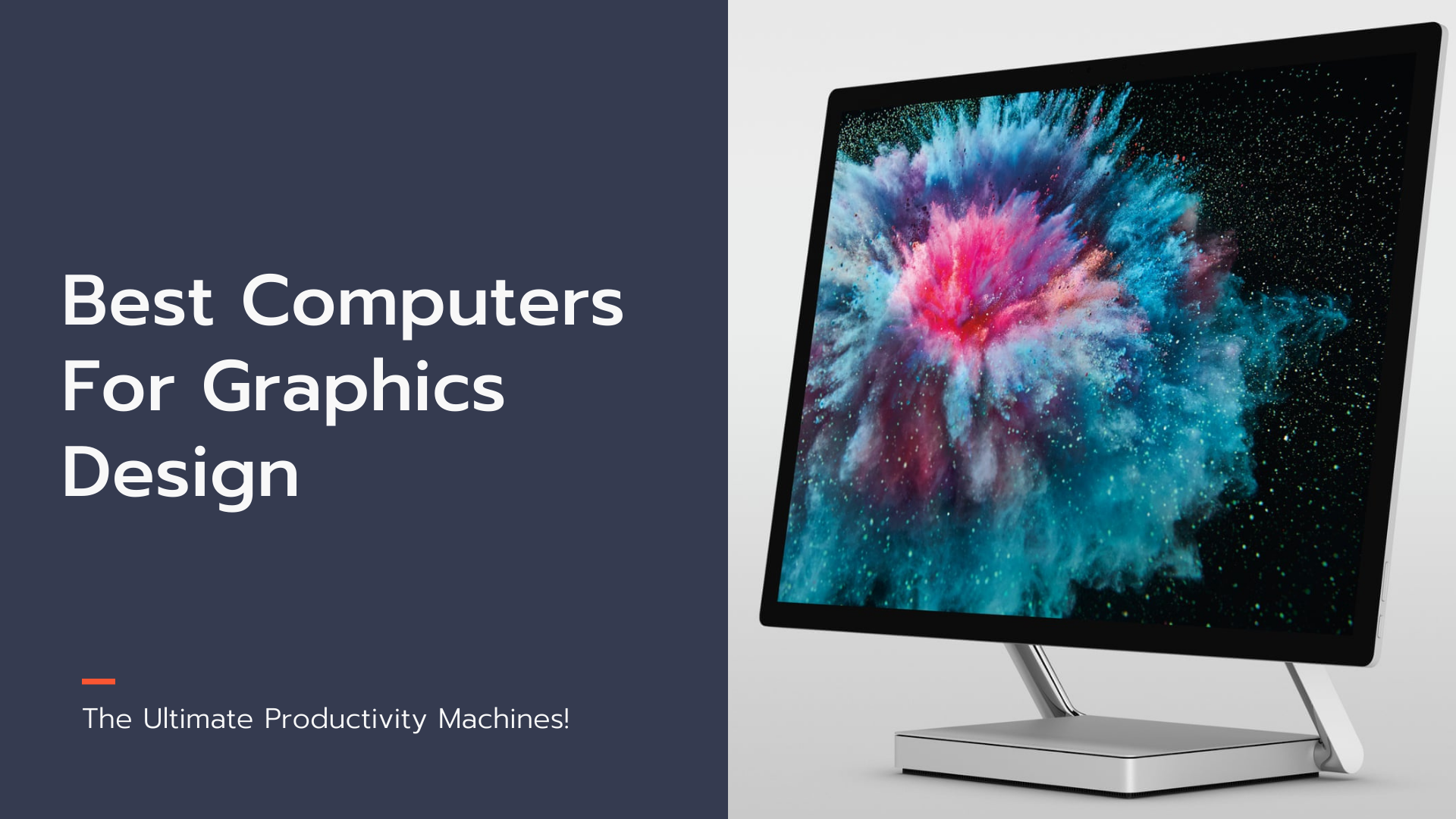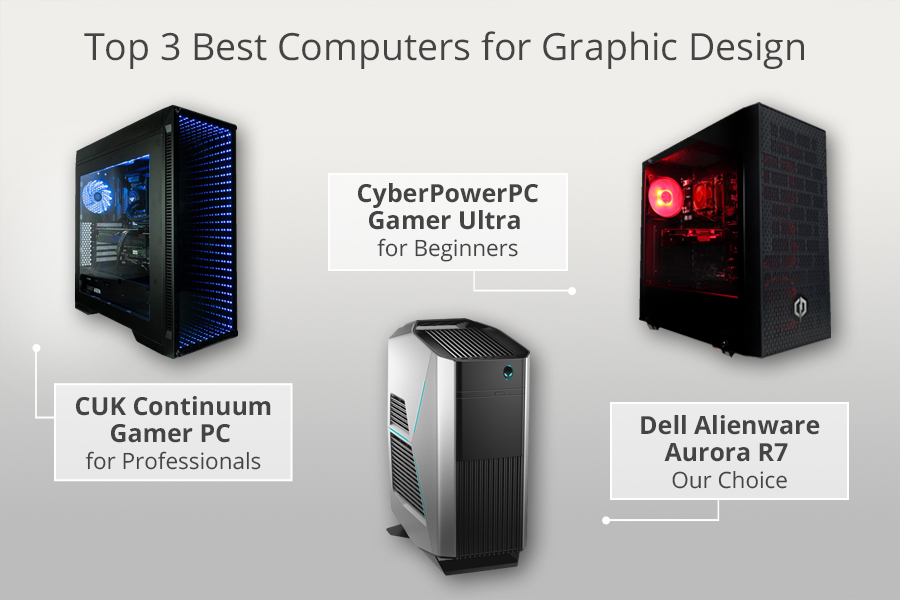Best Computer For Design Space
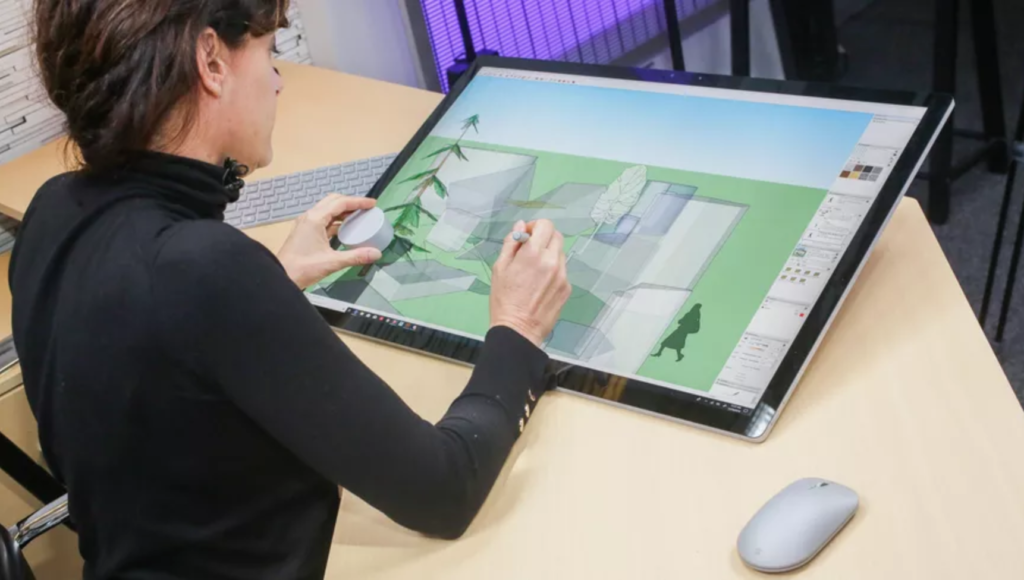
Dreaming of crafting intricate designs with Cricut's Design Space but unsure which computer can handle the workload without breaking the bank? You're not alone. This guide is crafted for value-conscious shoppers like you, seeking the best computer for Design Space without overspending.
We'll dissect essential computer specifications and recommend models that deliver optimal performance for Design Space, all while keeping your budget in mind. Because a smooth crafting experience shouldn't require a fortune.
Why Your Computer Matters for Design Space
Design Space, while cloud-based, still relies on your computer's processing power, memory, and graphics capabilities for a fluid design experience. Lagging, slow rendering, and crashes are common frustrations with underpowered machines. Selecting the right computer ensures seamless creation and editing, ultimately saving you time and frustration.
The software is relatively lightweight but can be demanding when working on complex projects. A computer that meets the minimum, and ideally exceeds them, is crucial.
Shortlist: Best Computers for Design Space (Budget-Friendly to Premium)
Here's a curated list catering to various budgets and usage levels:
- Budget Pick: Acer Aspire 5
- Mid-Range All-Rounder: Lenovo IdeaPad Flex 5
- Premium Powerhouse: Apple MacBook Air (M1 or M2 Chip)
- Windows Powerhouse: Dell XPS 13
Detailed Reviews
Acer Aspire 5 (Budget Pick)
The Acer Aspire 5 is a solid entry-level choice. Its affordability makes it attractive to those on a tight budget. While not a powerhouse, it's capable of running Design Space effectively for simpler projects.
It typically features an AMD Ryzen 3 or Intel Core i3 processor, 8GB of RAM, and a fast SSD. This configuration provides a responsive Design Space experience for everyday use.
Pros: Affordable, decent performance for basic tasks, lightweight. Cons: May struggle with complex designs, shorter battery life.
Lenovo IdeaPad Flex 5 (Mid-Range All-Rounder)
The Lenovo IdeaPad Flex 5 strikes a balance between performance and price. This 2-in-1 laptop offers versatility with its touchscreen and pen support.
It generally boasts an AMD Ryzen 5 or Intel Core i5 processor, 8-16GB of RAM, and a spacious SSD. It's powerful enough to handle moderate Design Space projects and multitasking.
Pros: Versatile 2-in-1 design, good performance, decent battery life. Cons: Integrated graphics may limit advanced design capabilities.
Apple MacBook Air (M1 or M2 Chip) (Premium Powerhouse)
The MacBook Air with the M1 or M2 chip redefines performance in a thin and light package. Apple's silicon delivers exceptional speed and efficiency.
Even the base model with 8GB of RAM handles Design Space effortlessly. The stunning display and macOS ecosystem are additional benefits.
Pros: Unmatched performance, long battery life, beautiful display. Cons: Higher price point, macOS ecosystem lock-in (for some).
Dell XPS 13 (Windows Powerhouse)
The Dell XPS 13 is a premium Windows ultrabook known for its sleek design and powerful performance. It's a strong contender for demanding Design Space users.
Configurations typically include Intel Core i5 or i7 processors, 8-16GB of RAM, and a fast SSD. It offers a premium Windows experience with a vibrant display and excellent build quality.
Pros: Powerful performance, premium design, excellent display. Cons: Can be expensive, battery life may vary depending on configuration.
Side-by-Side Specs and Performance
| Model | Processor | RAM | Storage | Graphics | Design Space Performance | Price Range |
|---|---|---|---|---|---|---|
| Acer Aspire 5 | AMD Ryzen 3 or Intel Core i3 | 8GB | 256GB SSD | Integrated | Good for basic projects | $300-$500 |
| Lenovo IdeaPad Flex 5 | AMD Ryzen 5 or Intel Core i5 | 8-16GB | 256-512GB SSD | Integrated | Good for moderate projects, multitasking | $500-$700 |
| Apple MacBook Air (M1/M2) | Apple M1 or M2 Chip | 8-16GB | 256GB-2TB SSD | Integrated (Apple Silicon) | Excellent for all project types | $999+ |
| Dell XPS 13 | Intel Core i5 or i7 | 8-16GB | 256GB-1TB SSD | Integrated (Intel Iris Xe) | Excellent for all project types | $900+ |
Note: Performance scores are subjective and based on general usage and user feedback. Prices are approximate and may vary.
Practical Considerations
Beyond the core specifications, consider these factors:
- Screen Size and Resolution: A larger screen (13 inches or more) with Full HD (1920x1080) resolution provides a more comfortable design experience.
- Keyboard and Trackpad: A comfortable keyboard and responsive trackpad are essential for extended design sessions.
- Ports: Ensure the computer has sufficient USB ports for connecting your Cricut machine and other peripherals.
- Operating System: Design Space is compatible with both Windows and macOS. Choose the operating system you're most comfortable with.
Summary
Choosing the right computer for Design Space involves balancing performance with budget. The Acer Aspire 5 is a great budget-friendly option, while the Lenovo IdeaPad Flex 5 offers a good balance. For those seeking premium performance, the Apple MacBook Air (M1/M2) and Dell XPS 13 are excellent choices.
Consider your specific needs, project complexity, and budget constraints before making a decision. Remember to prioritize sufficient RAM, a fast SSD, and a comfortable screen.
Take Action
Ready to elevate your crafting experience? Explore the recommended computers and find the perfect fit for your Design Space needs. Click the links below to check current prices and read customer reviews. Don't let a slow computer hold back your creativity!
Before you buy, consider your software needs. Some advanced features require purchasing subscription plans.
Frequently Asked Questions (FAQ)
Q: What are the minimum computer requirements for Design Space?
A: Cricut recommends a processor speed of 1.83 GHz, 4GB of RAM, and 2GB of free disk space. However, these are minimums, and more powerful specs are recommended for optimal performance.
Q: Do I need a dedicated graphics card for Design Space?
A: No, a dedicated graphics card is not required. Integrated graphics are sufficient for most Design Space tasks. However, a dedicated card may improve performance with complex projects.
Q: Can I use a Chromebook with Design Space?
A: Yes, Design Space is compatible with Chromebooks through the web app. Ensure your Chromebook meets the minimum system requirements.
Q: Is a touchscreen laptop necessary for Design Space?
A: No, a touchscreen is not necessary, but it can be a convenient feature for some users. It allows for more intuitive interaction with the Design Space interface.
Q: How much RAM do I need for Design Space?
A: 8GB of RAM is recommended for a smooth Design Space experience, especially when working on multiple projects or multitasking. 16GB is even better for demanding users.

